Nine Common Beginner Climbing and Mountaineering Mistakes To Avoid
TheOffroader 2017-06-017. Caught in an Avalanche
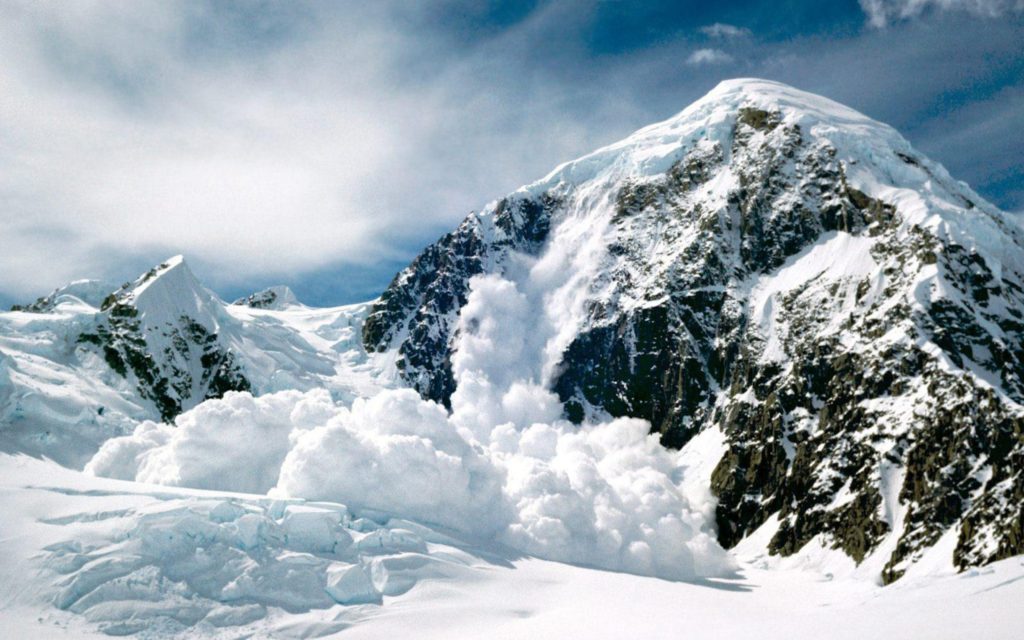
Avalanches are a near ever-present hazard in the world of mountaineering. If you are keen on summiting high peaks, the chances are they will have some degree of snowcover year-round. While avalanche risk assessment is not an exact science, there are certain steps we can take to ensure we maximize our chances of avoiding the dangers:
Check the avalanche forecasts for your area. The European Avalanche Warning Service, avalanche.org and the American Avalanche Association cover most mountainous regions worldwide.
Pay attention to the aspect of slope and changes in weather. Avalanches are most likely to occur on 30-45 degree slopes (but can carry momentum over lesser slopes with inclines of as little as 15 degrees) and when there have been significant changes in temperature in the days preceding your climb. If there has been fresh snowfall on an existing snowpack or a sudden thaw, stay clear.
Take a course in avalanche safety. In most mountainous regions, there are normally several outfits offering weekend or intensive day-courses. Finally, consider investing in avalanche safety gear: a snow-shovel (to check the snow pack for weak layers, slab or powder accumulations on top of condensed snow, all of which present serious risk), a probe (to search for other climbers buried in an avalanche), a beacon or transceiver (a device that allows you to be located and also to locate other climbers in the event that you or they are buried following an avalanche) and an Avalanche Airbag (an inflating device that prevents complete burial).
Must See Posts
Top Rated Posts

The Perfect Gear Guide for Summiting The Matterhorn



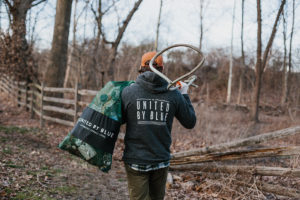

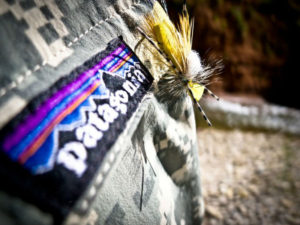
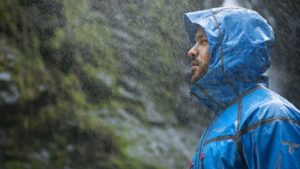


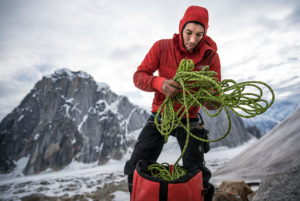
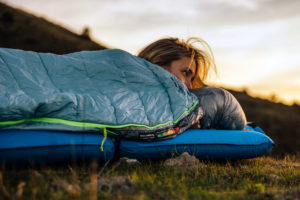
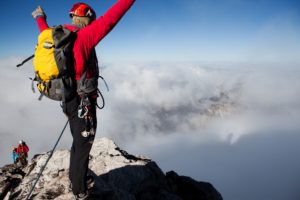
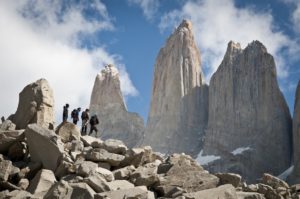
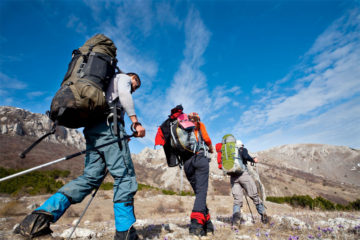
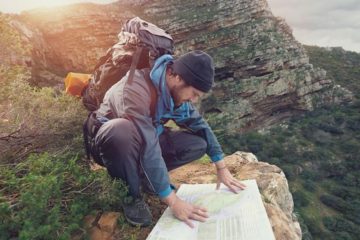
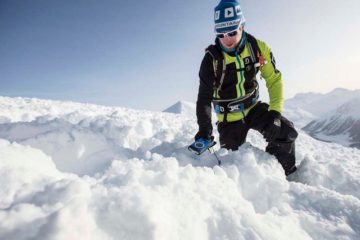

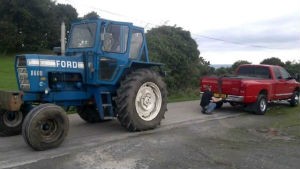

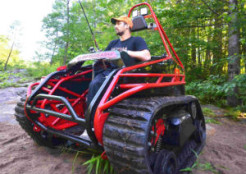
No Comment